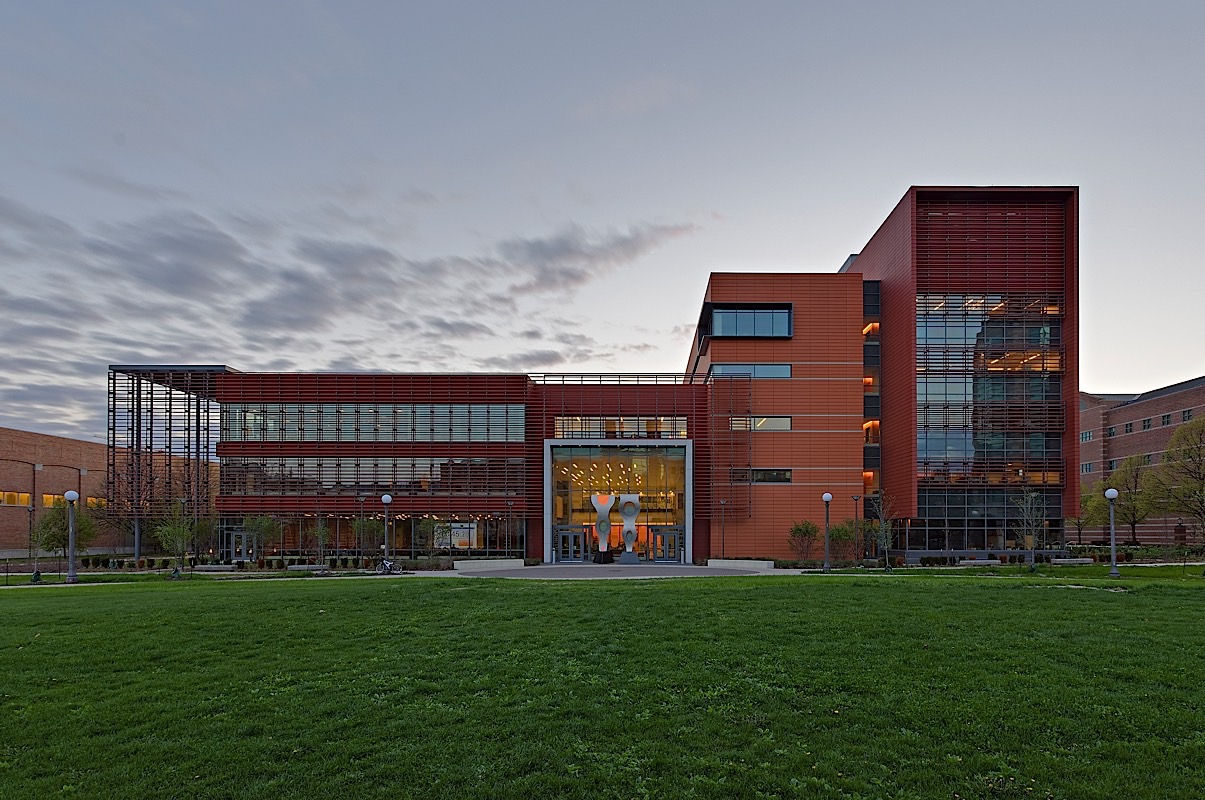
ECE489/ME446/GE422 Final Project
ALONSO GONZALEZ SANZ & NAGARJUN REDLA
We are using the same algorithm we used in Lab 4 in order to control the robot to our desire. Let's explain it step by step:
1. First, we obtained the xyz coordinates of every point of interest, those being the top of the hole, the bottom of the hole, start of zig-zag, etc.
2. We calculate the distance the end effector must travel from the start point to the final point.
3. With the pre-set speed and the distance, we calculate the5 time it takes to perform that movement.
4. We calculate the time spent in the movement as: total time - time of the previous movements.
5. The current position is : initial point + (time so far in that movement / total time for that movement ) * distance.
6. The robot follows the desired trajectory.
In the case we want to relax the gains in cases like the hole or the zigzag, we can give a value to theta and change the gain values inside the loop we are using to calculate the instant desired position.
Our strategy for this contest was achieving a solid control in the most sensitive parts of the course (i.e. the hole, zigzag...). The reason behind this strategy is that based on what we saw from other groups, the biggest time loss happened in those areas. However, we set the same speed for all the points in the course except the egg, where we had a slightly slower speed. In order to improve our performance, we should have increased the speed of travel between the obstacles. That would have reduced our time by a couple seconds.
In this lab, we learned how to apply the models we learned to create in the discussion. Creating those models and knowing how to apply a control to a real life system, and not only simulations performed in Simulink. Also, we learned about the limitations robots have like: maxium torque, saturation, workspace, etc.